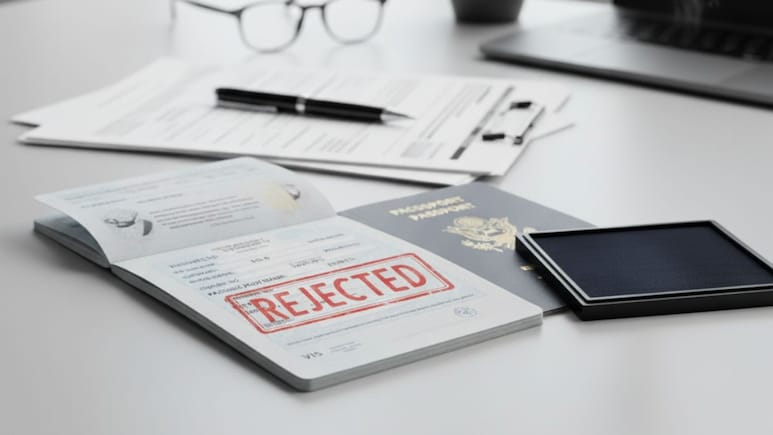
Getting your visa rejected feels like your travel dreams just hit the brakes. You have planned the trip, booked flights, maybe packed already and then comes the rejection notice. It is upsetting, yes, but it doesn't have to mean “game over.” Many visa rejections happen for fixable reasons, and knowing what to do next can make all the difference. If your visa application was denied, you still have options to get it right the next time. So, if you or someone you know has had their application rejected, worry not. Here are 7 actionable steps you can take after a visa refusal to increase your chances of approval next time.
Also Read: 7 Common Mistakes That Can Get Your Boarding Denied At The Gate
Common Mistakes That Can Get Your Visa Rejected
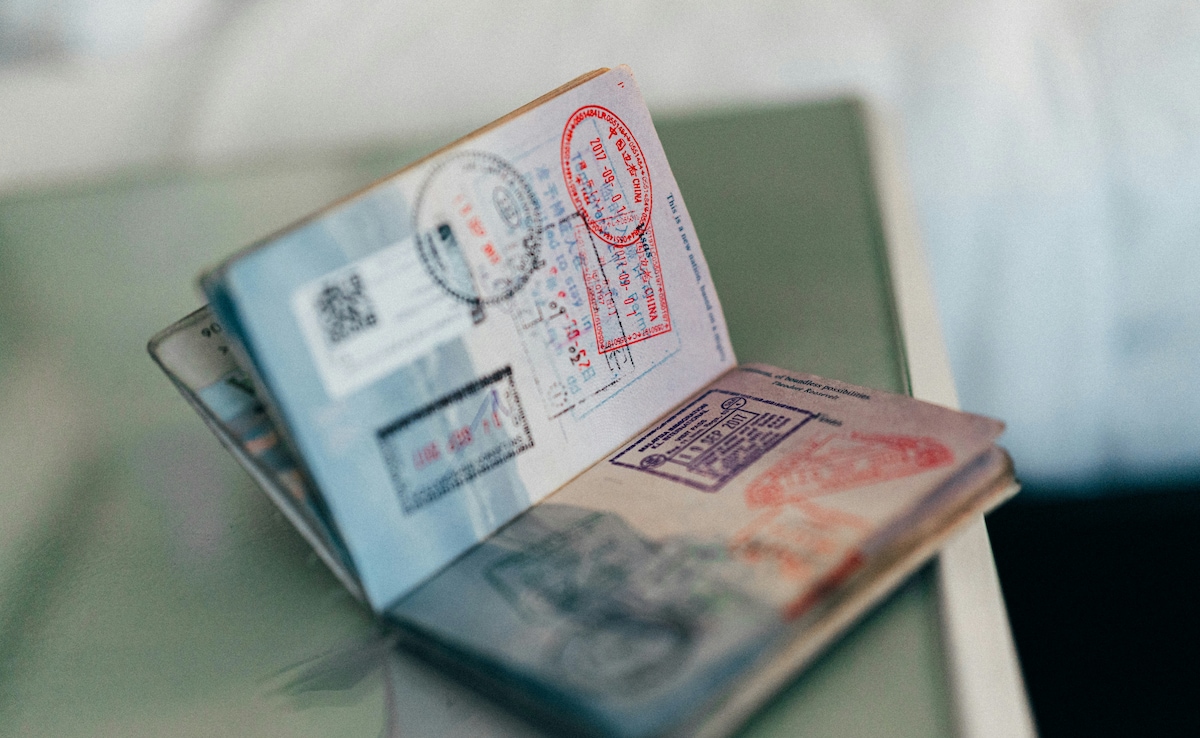
Photo: Unsplash
Here are some of the reasons why your visa could get rejected, even if you were confident during your interview.
1. Incomplete or Incorrect Application Forms
Even a small typo, missing signature, or unchecked box can lead to automatic rejection. Double-check all details before submission.
2. Weak Financial Proof
Insufficient bank balance or inconsistent transactions often make consulates doubt your travel affordability. Always show stable income and financial ties.
3. Unclear Travel Purpose
Vague itineraries or missing hotel bookings make your trip seem suspicious. A detailed day-by-day plan adds credibility.
4. Poor Home-Country Ties
Lack of job proof, property, or family commitments suggests a risk of overstaying. Attach employment letters or property documents to show a strong intent to return.
5. Invalid or Expiring Passport
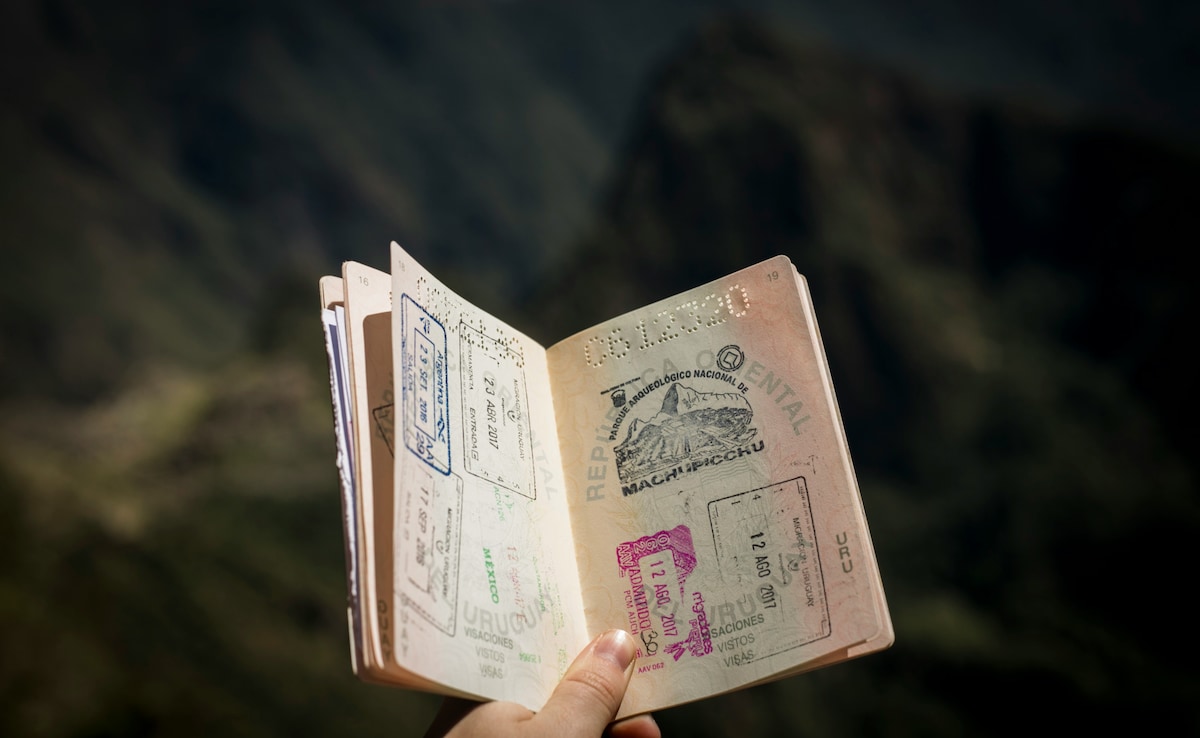
Photo: Unsplash
Many embassies reject passports with less than six months of validity or damaged pages. Renew your passport early.
6. Past Visa Violations or Overstays
Prior issues with immigration can affect new applications, so mention them honestly and explain any circumstances clearly.
7. Inconsistent Information Across Documents
Differences in names, dates, or addresses across forms and proofs can raise red flags instantly.
Here Are 7 Things You Should Do When Your Visa Gets Rejected | What To Do When Your Visa Gets Rejected
1. Read The Rejection Letter Carefully

Photo: Unsplash
When you receive a visa refusal, the first step is to go through the rejection letter in terms of details. Embassies usually provide a reason for your rejection. It could maybe be because of insufficient financial proof, missing documents, or the wrong visa type. Knowing the reason behind this rejection could help you fix the problem. Don't assume, since sometimes, the reasons could be generic. You can always follow up with the embassy or visa office to ask for clarification.
2. Assess If You Can Appeal
Depending on the destination country, there may be a legal or formal appeal process after a visa is rejected. For example, Schengen and some European countries offer a window for appeal. Filing appeal letters, submitting extra documents, or obtaining sponsor certifications are common steps. Know the deadlines as appeals are usually time-bound. Gathering evidence to counter the rejection arguments is important.
3. Reapply With Stronger Supporting Documents
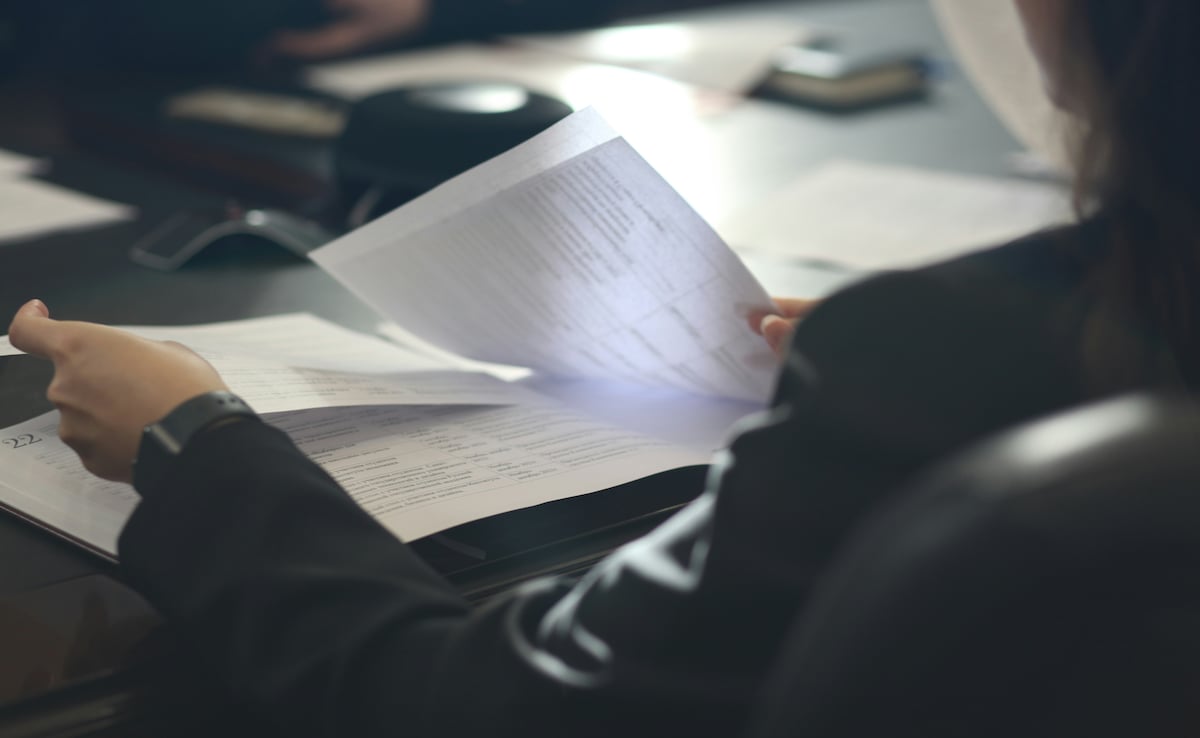
Photo: Unsplash
A second application often needs stronger evidence. If your initial application failed due to weak financial proofs, submit refreshed bank statements, tax returns, and sponsor letters. If your itinerary or accommodation bookings were vague, get concrete hotel reservations, return flight tickets, and daily plans. Update any documents that have expired. Consistency between the application form and attachments is extremely important. Make sure all documents are attested and arranged in the right format.
4. Improve Proof Of Ties To Your Home Country
Consulates often worry about applicants not returning home. Strengthen your proof of ties: employment letters, property deeds, family responsibilities, and financial obligations. If you are a student, show your enrolment status and certificate from the institution. Business owners can provide business registration and tax documents. Having a stable address, visible long-term commitments, or family members at home can reassure the visa officer.
5. Check Passport Validity, Travel History, and Health Requirements
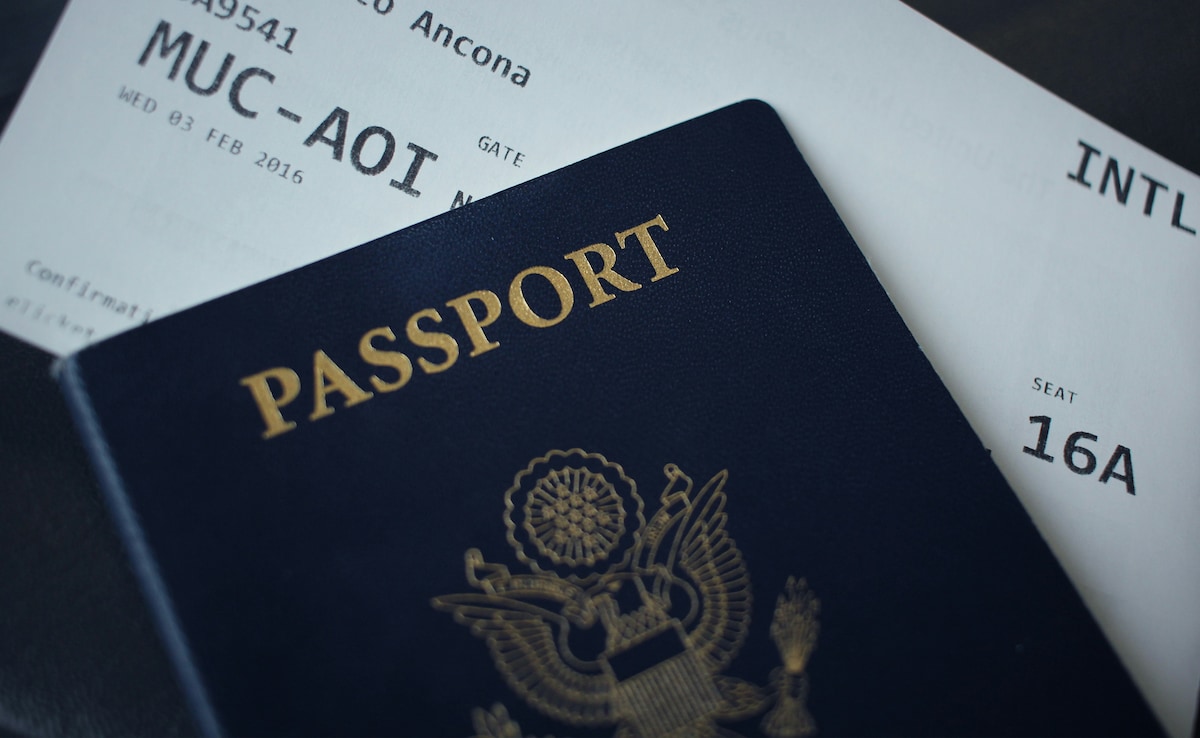
Photo: Unsplash
Expired passports, passports with few blank pages, or health issues can lead to automatic rejections. Make sure your passport has at least six months' validity beyond your planned trip and enough unused pages. If your previous travel history includes overstays or visa violations, address them openly and include explanations or supporting documents. Also, comply with health requirements like vaccinations or medical certificates. Some countries reject them.
6. Be Transparent and Avoid Inconsistencies
Never write incorrect information in the documents. Inconsistent data between your application and supporting documents causes rejections. Use the same spelling of names, addresses, and dates as in your passport. If your documents are translated, make sure they are done professionally. Do not hide previous visa rejections or mismatches. Honesty counts heavily in visa processes. Submitting incomplete or misleading material can hurt your chances not only for future travel but also.
Also Read: Tourist Visa Or Business Visa: Which One Is Right For Your Next Trip
7. Wait, Reflect, and Reapply Smartly
If you have followed all steps and still get rejected, don't rush into the next application. Wait a few months if possible, so you can address what went wrong: gather missing documents, improve bank balances, maybe strengthen travel or employment records. Use that time to get feedback from visa consultants or others who have succeeded. When you do reapply, make your case clear: a cover letter that explains how you have fixed previous issues. A well-prepared second application often succeeds.
Documents Required For Visa | Which Documents Are Needed When Applying For A Visa
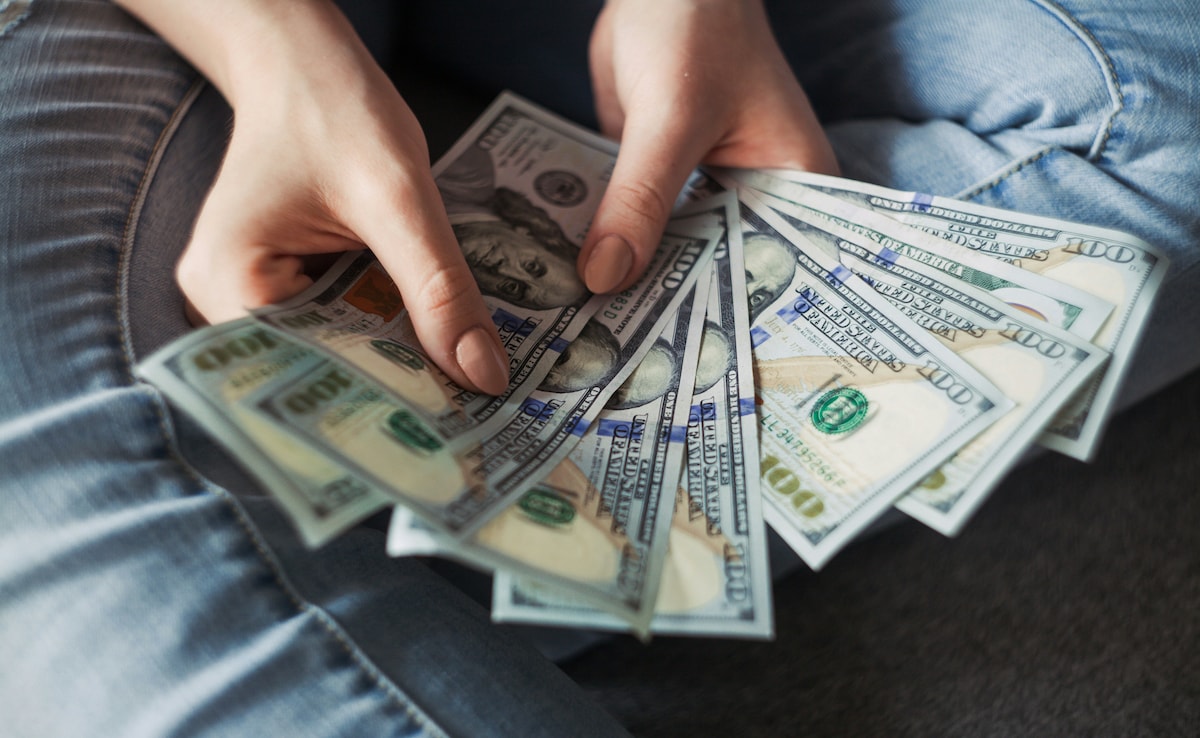
Photo: Unsplash
The documents you submit can make or break your chances of getting your visa approved. Here are some documents commonly needed while submitting your visa form:
1. Proof Of Financial Stability
Recent bank statements, income tax returns, or salary slips help establish your capacity to fund the trip.
2. Employment or Business Proof
Offer appointment letters, NOCs, or business registration papers to show stable professional ties.
3. Travel Itinerary & Bookings
A clear route, hotel reservations, and return flight tickets indicate a well-planned trip and intent to return.
4. Invitation or Sponsorship Letters
For family or business visits, official invites on letterhead (with ID proof) strengthen authenticity.
5. Property Ownership Documents
Real estate or rental agreements show a long-term connection to your home country.
6. Passport & Previous Visa Copies
A well-travelled history (especially to countries with strict immigration rules) can improve approval chances.
7. Supporting Cover Letter
A concise explanation of your travel purpose, duration, and funding adds a personal touch and clarity to your application.
So, follow these steps if you also have your visa rejected, and improve your chances for the next time.
Track Latest News Live on NDTV.com and get news updates from India and around the world

